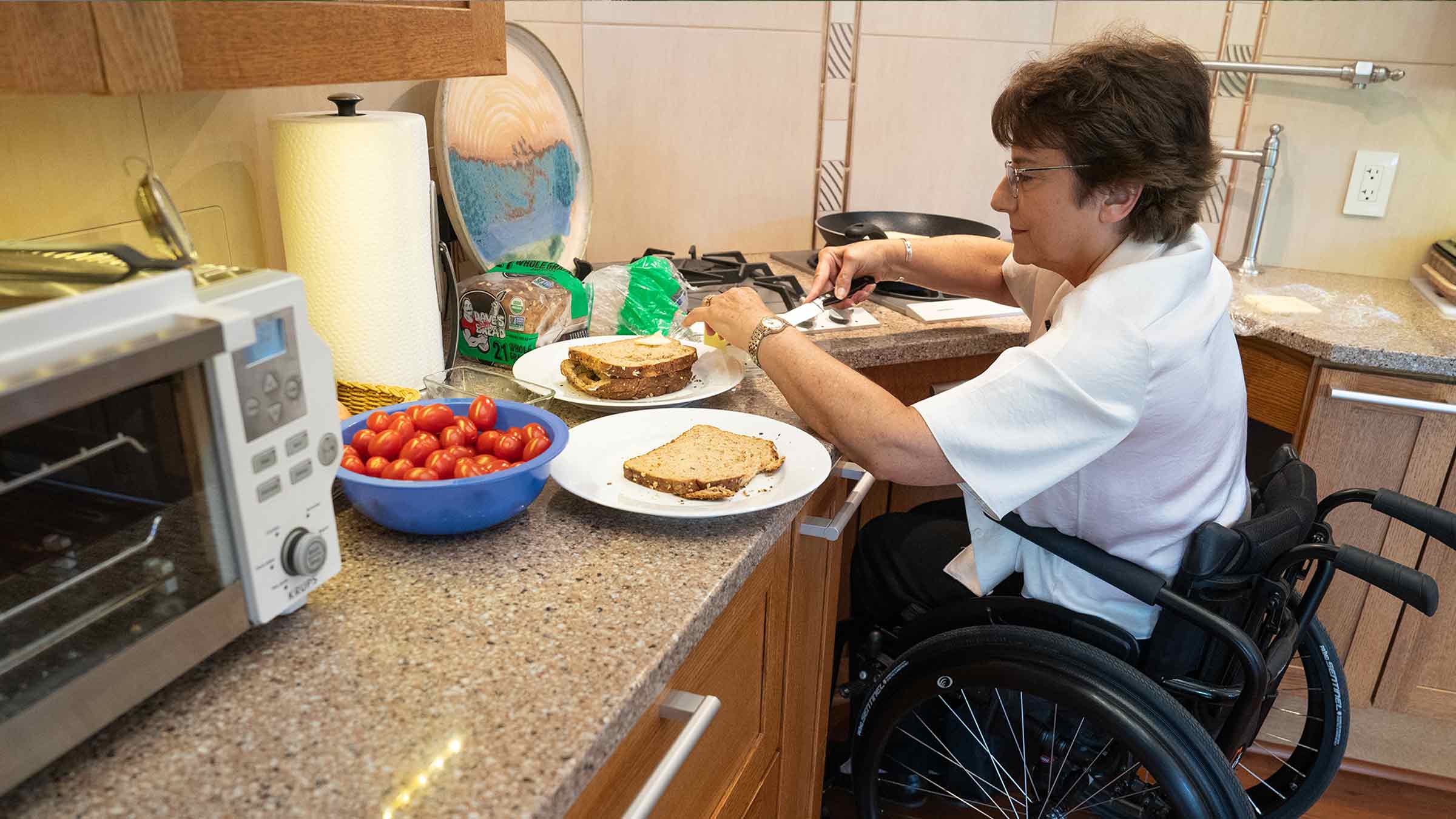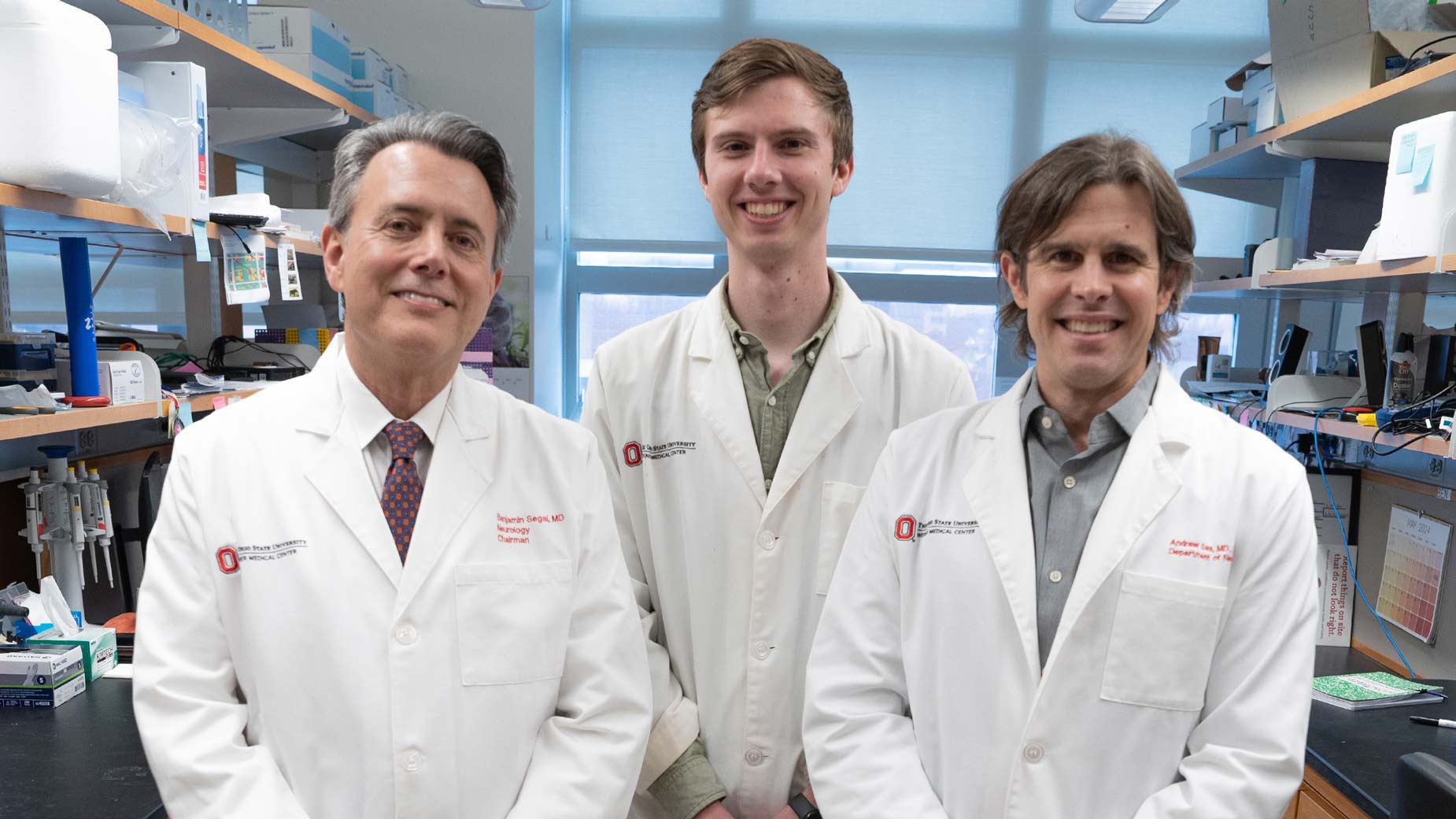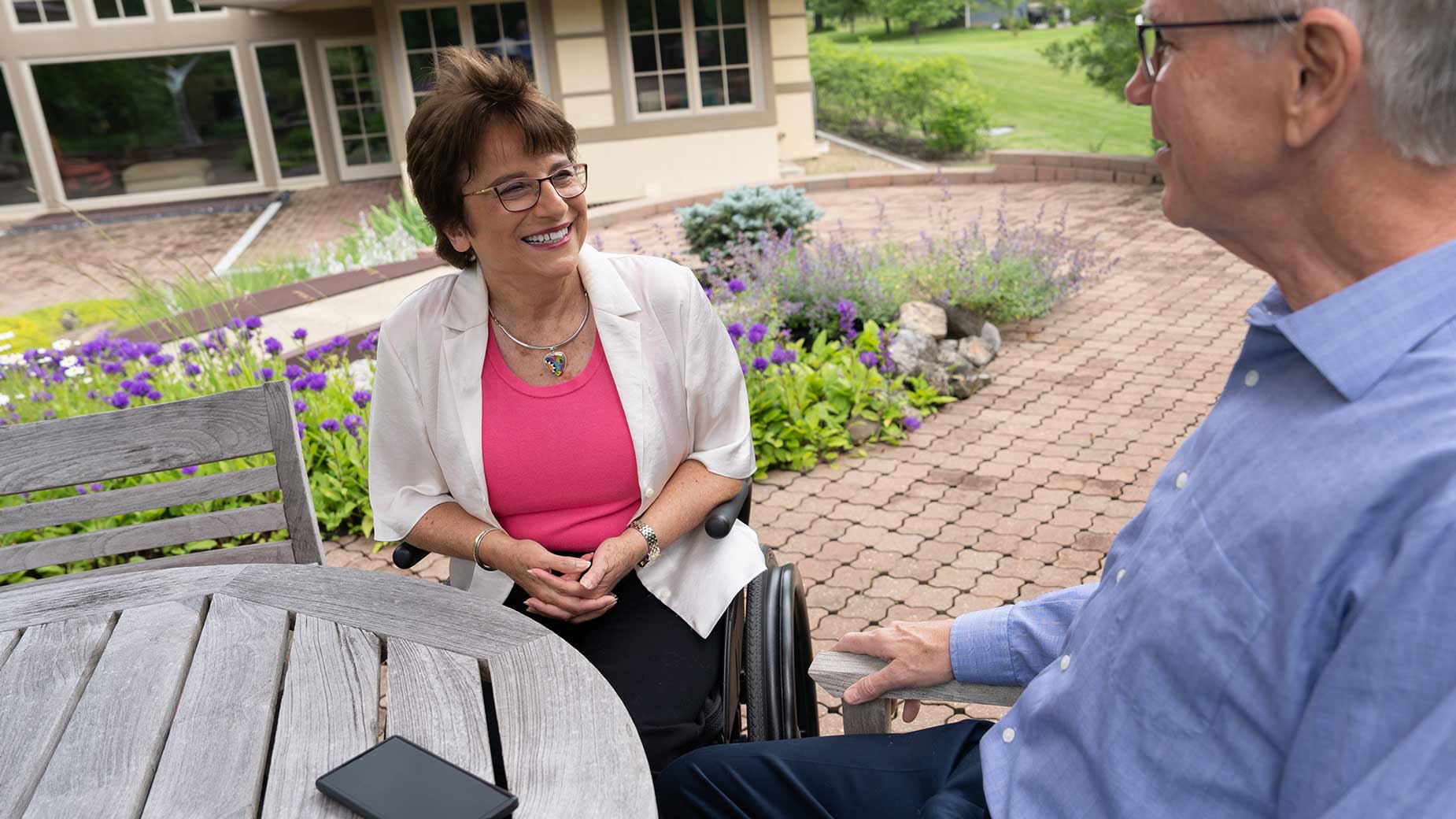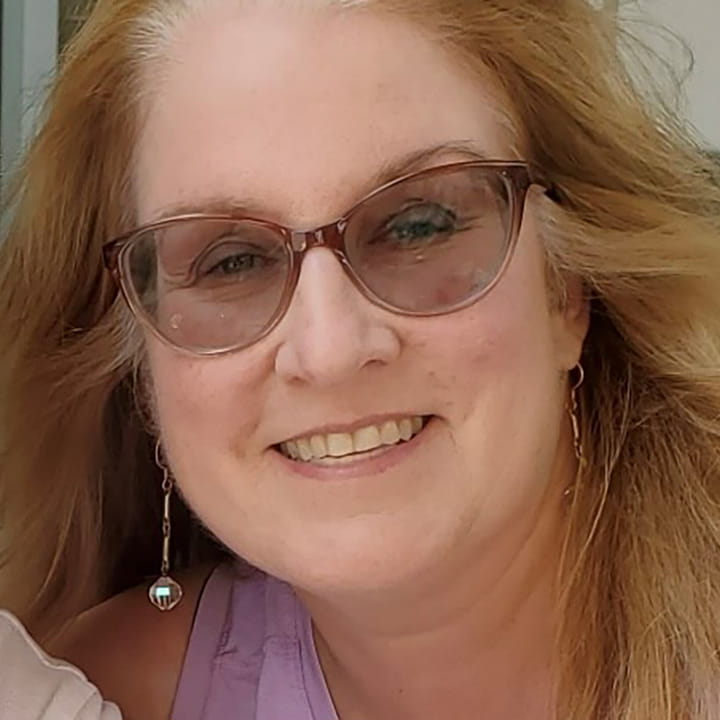New cell discovery stimulates nerve fiber regrowth – holding promise to restore function after paralysis and neurological disease

Sometimes, great leaps in medicine begin with a single cell. At The Ohio State University Wexner Medical Center, a newly discovered white blood cell may unlock a better future for those living with paralysis and other debilitating neurological damage.
Ohio State researchers discovered the cell, which has the potential to regrow nerve fibers. The study findings were published in the journal Nature Immunology.

A neuroscience research team has made a significant discovery that may help reverse neurological damage. Study authors pictured from left are Benjamin Segal, MD; Andrew Jerome, PhD; and Andrew Sas, MD, PhD.
“Dying nerve cells are typically not replaced, and damaged nerve fibers do not normally regrow, leading to permanent neurological disabilities,” says one of the study’s lead authors, Benjamin Segal, MD.
Dr. Segal's team found that bone marrow cells can be transformed into powerful healing agents. By stimulating these cells with specific molecules in the lab, the team was able to turn them into cells that can help damaged nerve cells survive and regrow.
The discovery may mark a significant leap forward in medical science.
“Our ultimate goal is to develop treatments using these special cells, to reverse damage in the optic nerve, brain and spinal cord, thereby restoring lost neurological functions,” Dr. Segal says.
The possibility to reverse permanent nerve damage
Nerve damage from spinal cord, optic nerve or brain injuries and from degenerative neurological diseases such as ALS, Alzheimer’s and multiple sclerosis has long been believed to be permanent. However, four years ago, Dr. Segal’s team made a breakthrough in this research involving mouse models, sparking hope for millions affected by these conditions. The new study explores the research using human cells.

Rosemarie Rossetti was paralyzed while on a bike ride with her husband Mark Leder in 1998. She’s optimistic about new research at the Ohio State Wexner Medical Center that shows promise to one day reverse damage and restore function for those with spinal cord injuries.
“Our new study shows that patients’ own cells can likely be used to deliver safe and effective treatments for these devastating conditions,” says co-first author Andrew Jerome, PhD, a member of Dr. Segal’s research team.
“That would be a dream come true, to say, ‘alright, you’re no longer paralyzed,’” says Rosemarie Rossetti, who was paralyzed after she was struck by a tree during a bike ride in 1998.
In their recent study, the team created pro-regenerative cells from the bone marrow of eight different human donors. Remarkably, cells from all eight donors successfully drove human nerve cells to regenerate nerve fibers. These cells even tripled the survival rate of stressed nerve cells. This suggests they can help slow or prevent progression of degenerative neurological conditions, as well as reverse injury and restore function.
The future of nerve damage repair
Dr. Segal’s team has its eyes on starting human clinical trials as the next phase of research. To do so, they’re working to develop the most efficient methods of growing and delivering the cells.
“With the success of these lab experiments, our focus now shifts to bringing these new cell therapy treatments to the patients who need them. We believe these cells can be extracted from a patient, stimulated and grown to large numbers in the lab and reinfused at the site of injury or disease to regrow brain and spinal nerve fibers,” says co-first author Andrew Sas, MD, PhD, assistant professor of Neurology at Ohio State.

When you give to The Ohio State University Wexner Medical Center, you’re helping improve lives
We’re committed to making advancements in research, education and patient care that will have an impact throughout Ohio and the world.
Ways to Give




